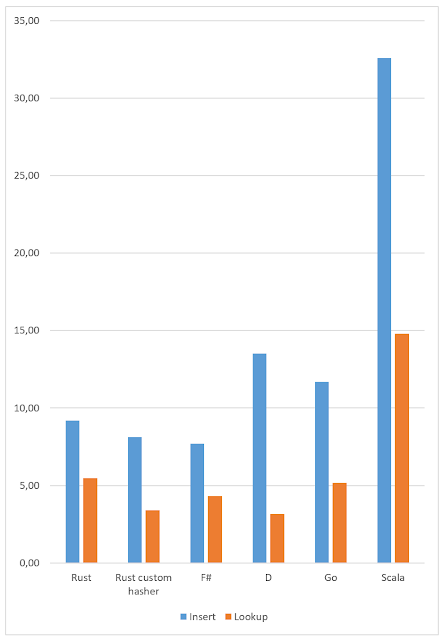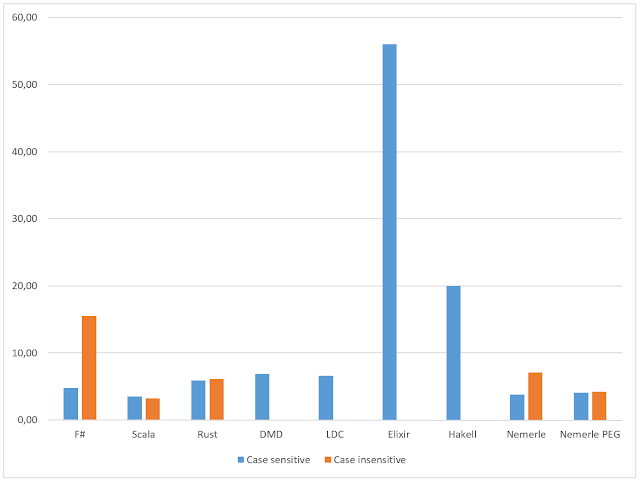How Go runtime makes concurrent code simple
5 years ago I showed a way to fight with "all-threads-busy" problem while writing Hopac code . The same problem exists on JVM as well. The root is in the cooperative concurrency model, which is based on thread pools, async/futures/etc. are scheduled to run on them. So, if an async is blocked by an IO call of if it's just executing some computation, the OS thread is not able to do anything else: the scheduler is unable to "pause" such a blocked async and execute anothe one. So, asynchronous code on .NET, JVM, Rust, etc. is inherently unsafe: it's not guaranteed that all existing asyncs progress. The things are different in Go runtime: the scheduler is preemptive, so it can "pause" goroutines at any point: not only at function calls, at loops, but on just any execution point (almost). This makes writing concurrent code dead easy: there's no "async" functions, lambdas or blocks of code, every function or call are the same, being them ex...




